10 Best Process Modeling Software in 2025 (Reviews & Pricing)

Sorry, there were no results found for “”
Sorry, there were no results found for “”
Sorry, there were no results found for “”
The operational processes in a business evolve to become more efficient and sustainable. Process modeling is pivotal in identifying and eliminating bottlenecks, streamlining workflows, and enhancing efficiency to contribute to its evolution.
What is process modeling?
Process modeling is a pictorial or graphical representation of business processes or workflows within a specific business environment. They can be linear or non-linear. Think of individual steps of a process drawn out in the form of a flow chart or a similar representation to capture the entire process in one visual.
Process modeling is also known more formally as business process modeling notation.
Does all of this sound a little too complex? Process modeling software breaks down the complexity for you.
With this curated list, we’ve highlighted the 10 best process modeling software in 2024. Explore the range of process modeling software based on features, limitations, pricing, and user ratings.
Before examining the list of recommended tools, let’s break down the crucial features you must consider when choosing a process modeling tool.
The market is flooded with so many tools and platforms that it is challenging to find a reliable one. However, we have made it easy for you by doing some groundwork. These 10 business process modeling tools have the best of today’s features to match a diverse range of business requirements.
ClickUp stands out in this list of process modeling software for its features and versatility. The platform offers various features, such as ClickUpChat, ClickUpDocs, and ClickUpTasks, which help you accomplish multiple tasks.
However, two features take the spotlight when it comes to process modeling: ClickUp Mind Maps and ClickUp Whiteboards.
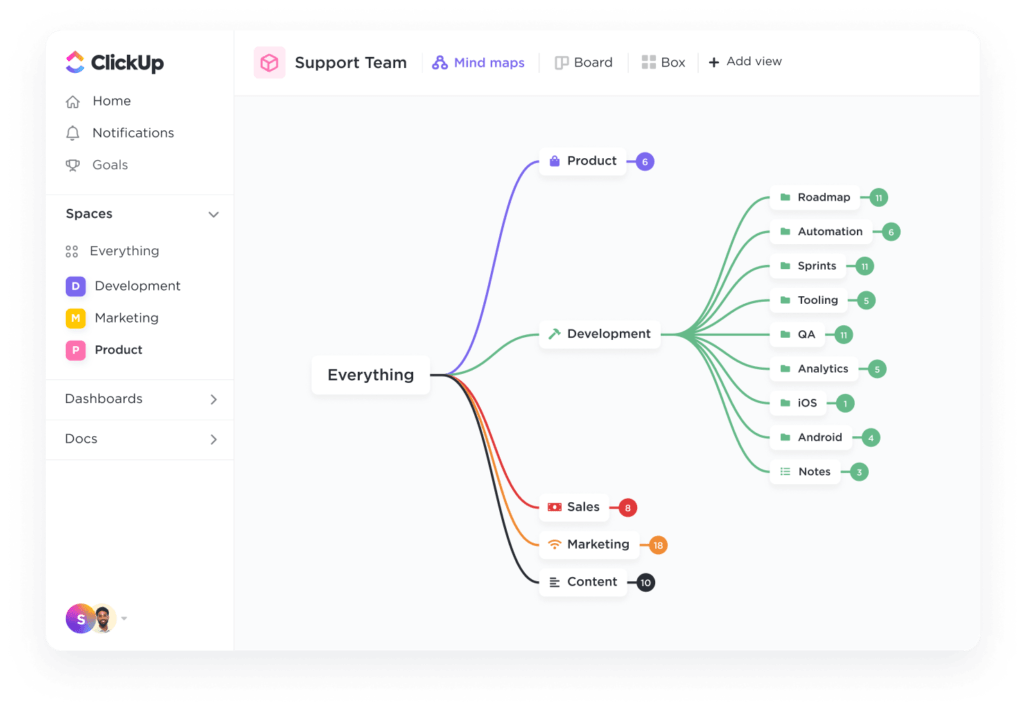
ClickUp Mind Maps allows you to create workflow diagrams using tasks or nodes and, through that, a visual, step-by-step process for projects.
This feature enhances planning and lets your teams view their entire workflow on one screen, focus on individual tasks, and collaborate effectively in real-time. This is especially beneficial for brainstorming and project planning.

As for ClickUp Whiteboards, it serves as a visual collaboration tool for teams. It provides a dynamic and flexible digital canvas for brainstorming, planning, and collaborating on ideas, tasks, and projects.
ClickUp Whiteboards are helpful to map the phases of your project’s lifecycle. Additionally, you can use Whiteboards to collaborate with your teams in real-time, brainstorm new ideas visually, and develop agile workflows.
Move from ideation to execution by creating ClickUp Tasks from within your Whiteboards.


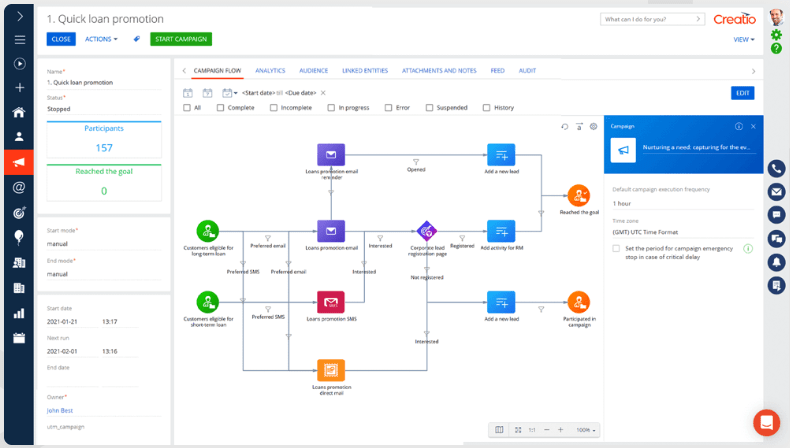
Creatio offers a no-code platform, Studio Creatio, designed for automating workflows and building applications. This platform allows users to create complex applications and processes without coding skills, making it ideal for small businesses.
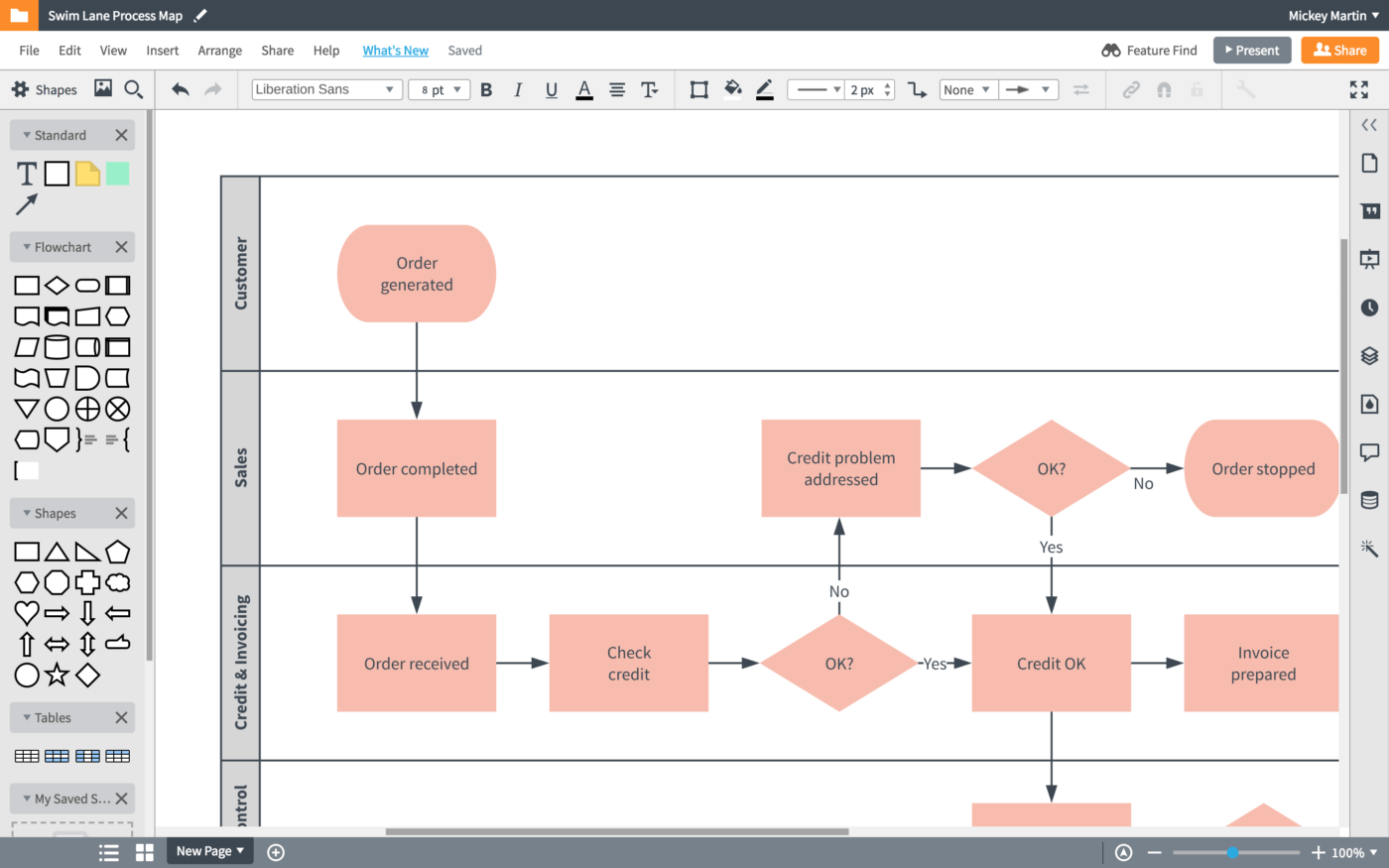
A versatile diagramming and business process modeling tool, Lucidchart allows users to create and collaborate on various visual documents. It has an intuitive design and a robust feature set to help visualize complex processes and ideas.
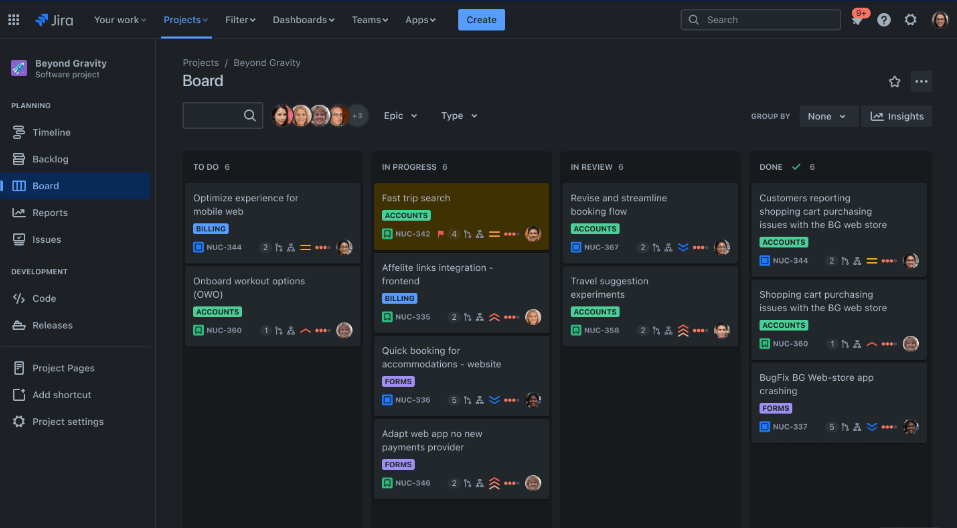
Jira, developed by Atlassian, is a dynamic business process modeling software for issue and project tracking, primarily designed for agile teams.
It supports a variety of project-tracking methodologies and offers a range of features for planning, tracking, and releasing software.
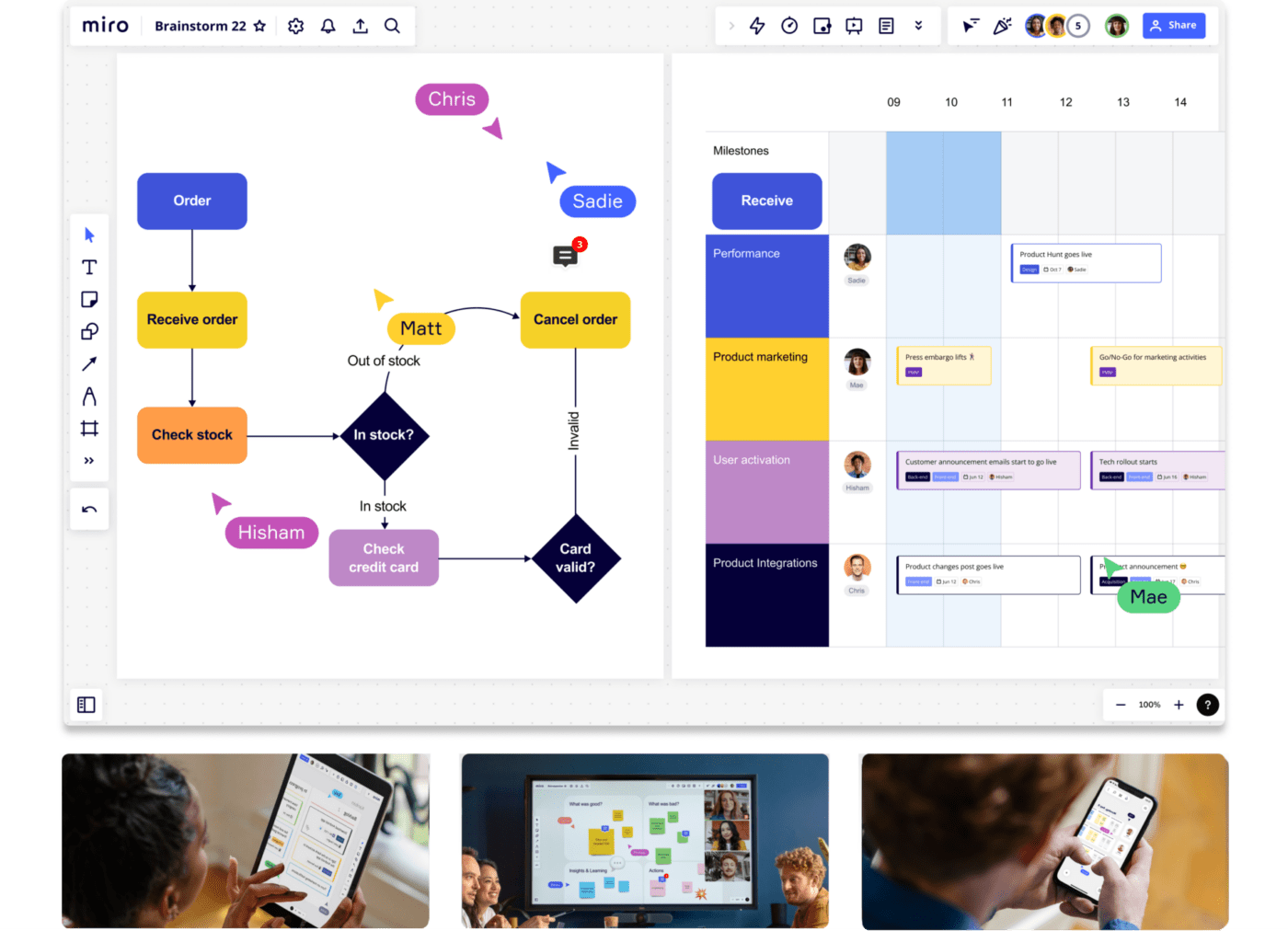
Miro is a smooth visual collaboration platform designed for individuals, teams, and enterprises to brainstorm, plan, and execute projects.
It offers a range of features like digital whiteboards, interactive mind-mapping templates, and integrations with various apps for business process mapping.

A favorite with UI/UX designers, Figma is a cloud-based process prototyping and modeling tool that facilitates collaborative creation, testing, and delivery of product designs.
Figma offers advanced features like version history, team libraries, audio conversations, content management, overlays, on-canvas commenting, and automated provisioning.

Microsoft Visio is perfect for creating various diagrams, such as flowcharts, org charts, floor plans, network diagrams, UML diagrams, and mind maps.
It’s known for its robust data visualization capabilities. Users can create diagrams from Excel data and embed Visio diagrams through Power BI dashboards.
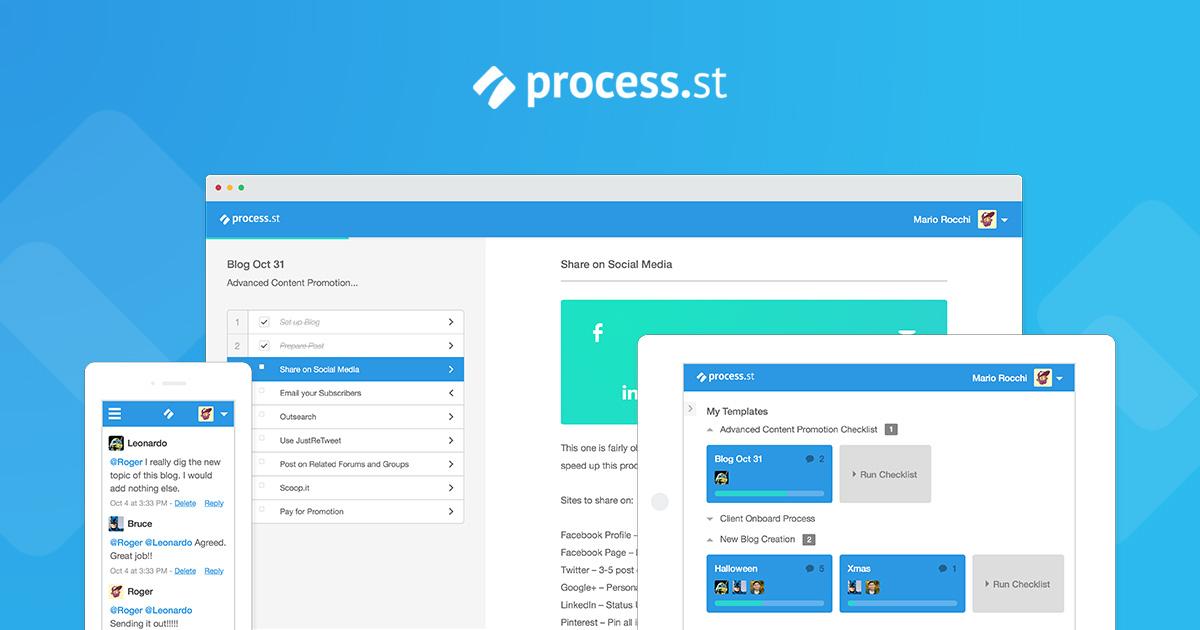
Process Street is a process modeling platform for teams to create, manage, and track their standard operating procedures, checklists, and workflows.
It transforms team knowledge into actionable workflows and is an operational knowledge repository.

Businesses regularly require in-depth insights into their processes, and ProcessModel is a process analysis and improvement tool designed for just that.
By allowing users to create a digital twin of their process, ProcessModel makes improving process efficiency across teams and testing potential improvements easier.

Modelio is an open-source modeling solution primarily catering to developers, analysts, and architects. Since it’s open source, developers can customize the tool to suit their requirements.
However, getting the tool up and running does take time, and it misses out on various helpful features such as model simulation and integrations.
Free: It is open source and can be downloaded from GitHub
Finding and picking the best process modeling software for your business is overwhelming, but it’s clear that there’s a tool out there for every need.
Whether you’re a small team or a large organization with complex processes, these top 10 business
process modeling tools offer a range of features to streamline and enhance your workflow.
Among these tools, ClickUp stands out for its excellent process modeling capabilities and the suite of functionalities that help you create and maintain critical business processes from a single platform.
Remember, the best software is the one that fits your specific requirements, so consider your team’s unique needs before making a decision.
Who knows? The perfect tool for your process modeling is one click away!
© 2025 ClickUp